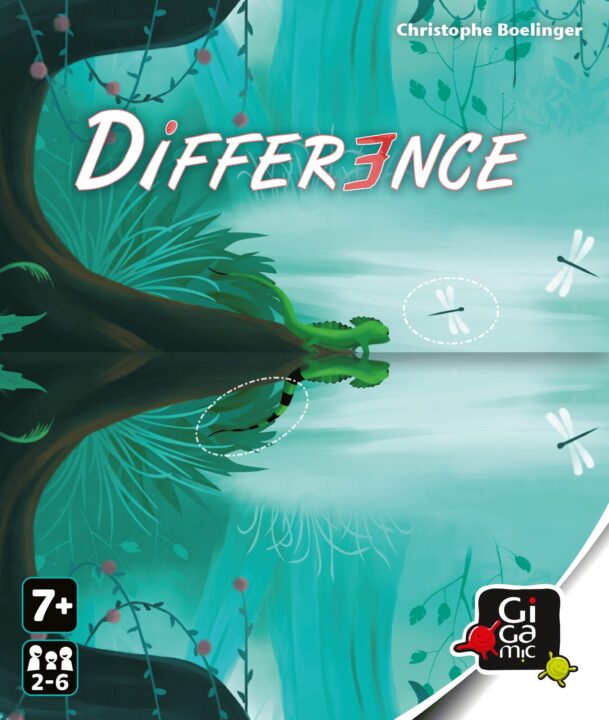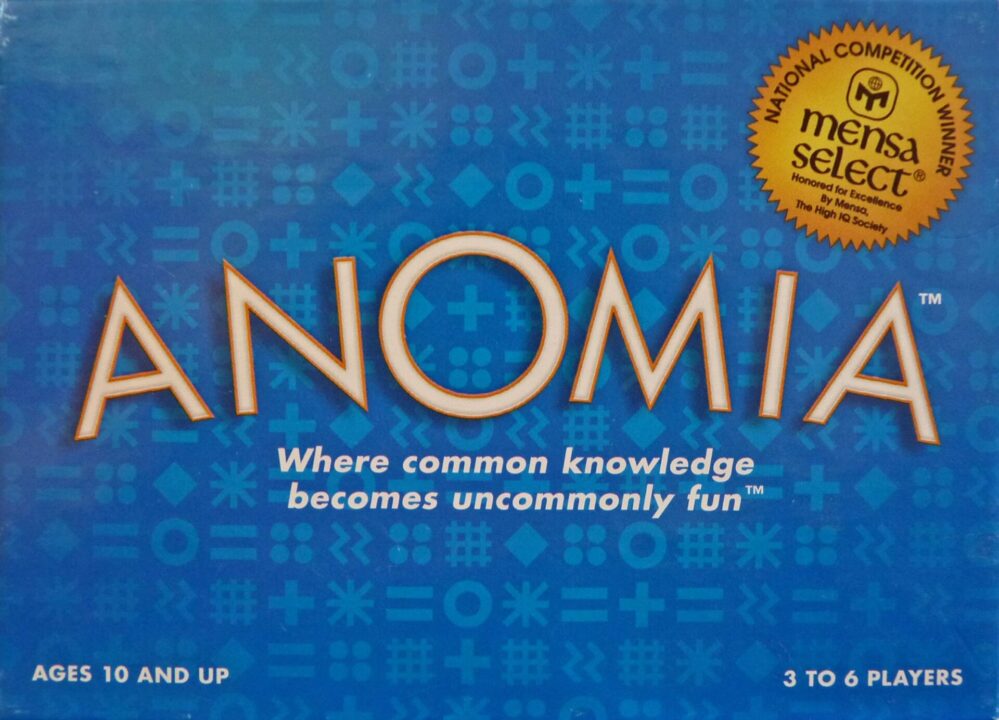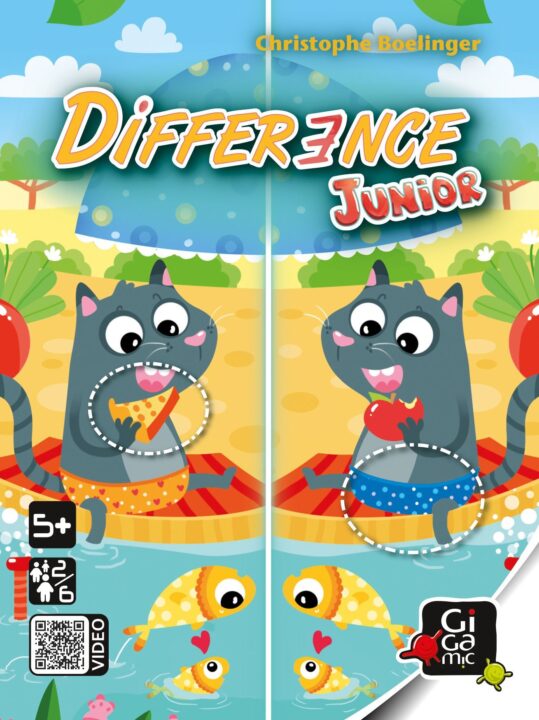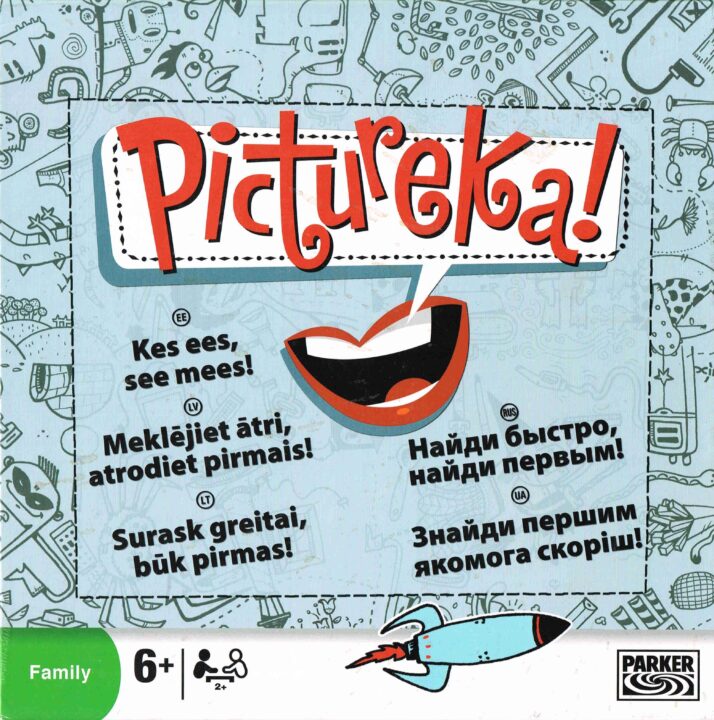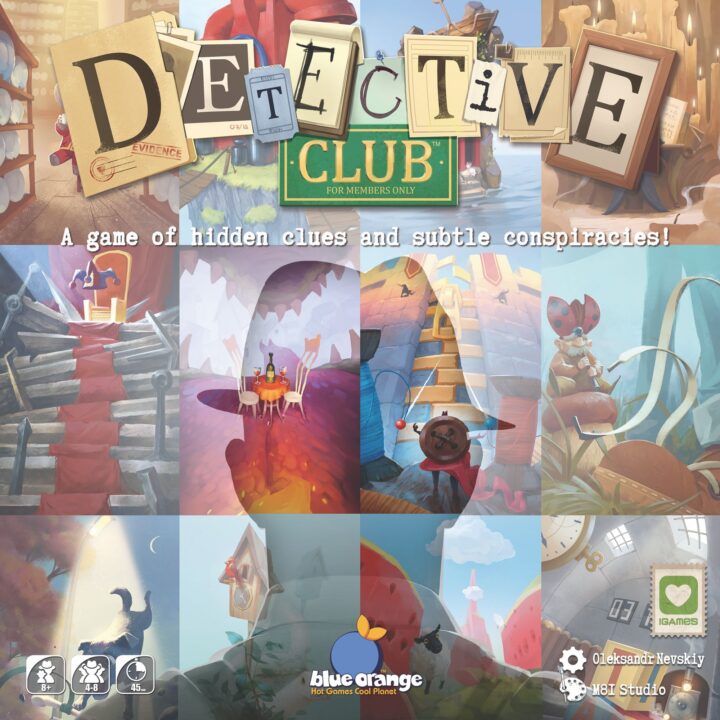Best 7 What’s the Difference Game Picks for 2025
Searching for the perfect what's the difference game? We tested seven top picks to help new players spot the best board game fun.
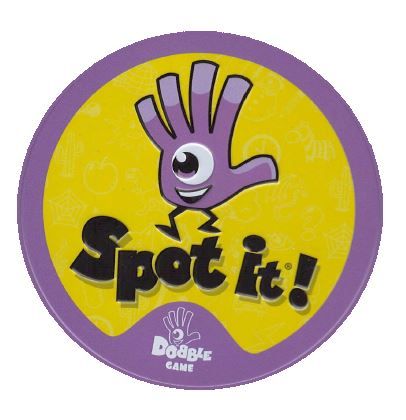
The 7 Best ‘What’s the Difference Game’ Board Games for New Players
Ever stared at two pictures, hunting for that last little difference while your friends laugh at your pain? We sure have! That’s why we put together this list of the best ‘what’s the difference game’ board games. We focused on fun, clear rules, and games that work great for both families and friends. These picks test your eyes, your speed, and sometimes your friendships. Whether you’re after frantic matching or a good old brain teaser, this list has something that will get everyone arguing—nicely, of course—over what’s really different!
On this list:
7 Spot It!
Spot It! turns us all into frantic detectives. We love it because it’s a fast-paced what’s the difference game that gets everyone yelling and laughing. The goal is to spot the one matching symbol between cards faster than your friends. Our family game nights have seen epic battles and occasional accusations of cheating (Grandma is ruthless). The box is tiny, so it goes everywhere—picnics, family trips, even one wild camping trip where wind nearly stole the cards. It’s easy to learn, and even kids smack down the adults sometimes. It’s perfect for new players who want a taste of quick, sharp-eyed fun.
6 Difference
Difference is literally the what’s the difference game we all grew up with, but now as a board game. We played this with some younger cousins and everyone got hooked. Players race to spot two differences between their image card and the main board. Sounds easy? Think again! We even caught ourselves making up fake differences out of panic. The game art is bright and fun, and it makes a good warm-up for the brain, especially for kids or families. It’s competitive, but not mean—nobody flips the table (yet). If you love classic spot-the-difference puzzles, this one will fit right in.
5 Anomia
We picked Anomia because, like the what’s the difference game, it keeps everyone sharp and on their toes, but with words and symbols instead of pictures. Every round gets chaotic and hilarious as you race to spot matching symbols and blurt out answers before your friends do. We laughed so much, one of us snorted soda out of their nose.
4 Difference Junior
Difference Junior is the what’s the difference game made for our youngest players. When we played with our nieces and nephews, they started spotting differences faster than us adults, which was both impressive and humbling. The images are bright and easy, making it less fustrating for kids but still fun. The gameplay is quick, so no child melts down from waiting their turn (major win for parents!). If you need a game to keep young kids busy but also thinking, this is it. It also works as a travel game since the pieces are sturdy and easy to pack.
3 Dobble Kids
Dobble Kids is a spin-off of Spot It!, with animal themes perfect for children but still a riot for adults. We tried it at a family barbecue, and soon everyone, adults included, were hunched over cards and yelling animal names. The what’s the difference game mechanic is simple: match animals as fast as you can. It’s still wild, but the animal artwork is cute enough for little ones. Plus, the round cards are fun to hold and don’t get bent out of shape with rough use. It’s fast, hilarious, and really easy to set up at any moment.
2 Pictureka!
We picked Pictureka! because it has that fast-paced ‘what’s the difference game’ vibe, with players racing to spot quirky objects and differences in jumble-packed cards. Every round is loud, fun, and often ends with someone shouting, ‘That’s NOT a penguin!’
1 Detective Club
We picked Detective Club because it adds a twist to the classic ‘what’s the difference game’ style. Instead of finding visual differences, players must spot who is bluffing based on subtle clues in the weird, dreamy artwork. It’s like playing Spot the Imposter, but with more laughs and less stress.

